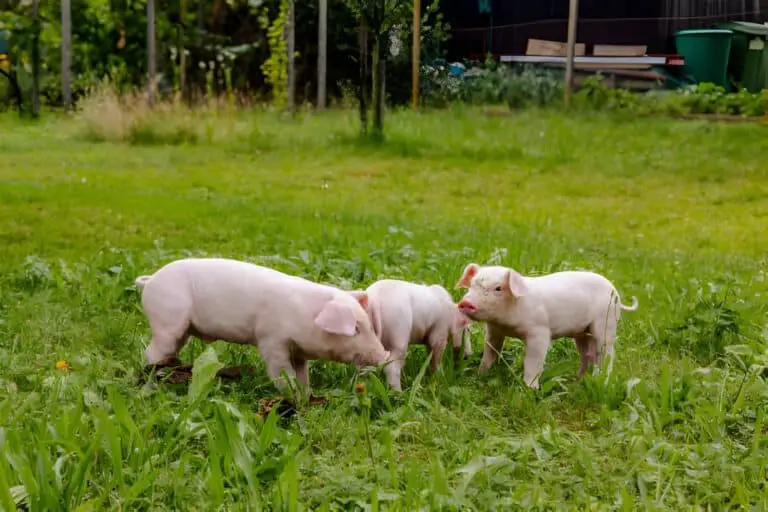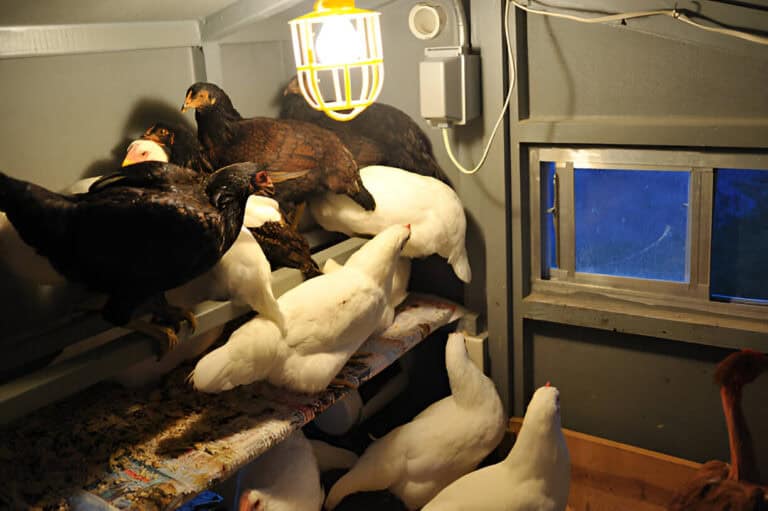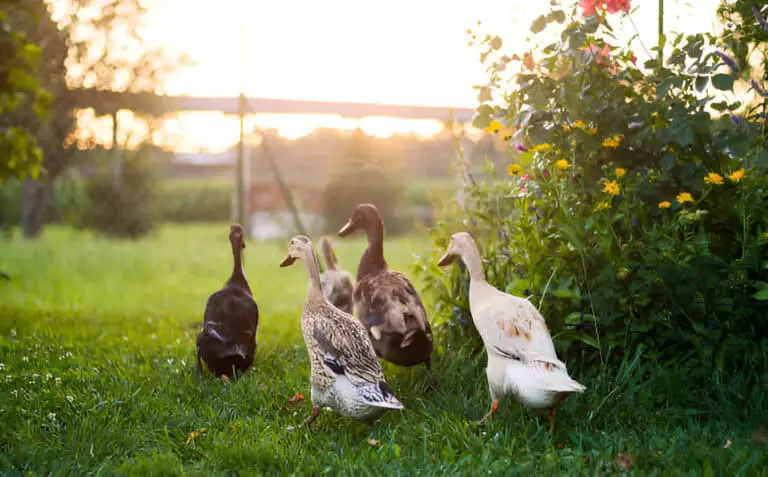Can You Put Different Ducklings Together? A Guide to Raising a Happy Flock
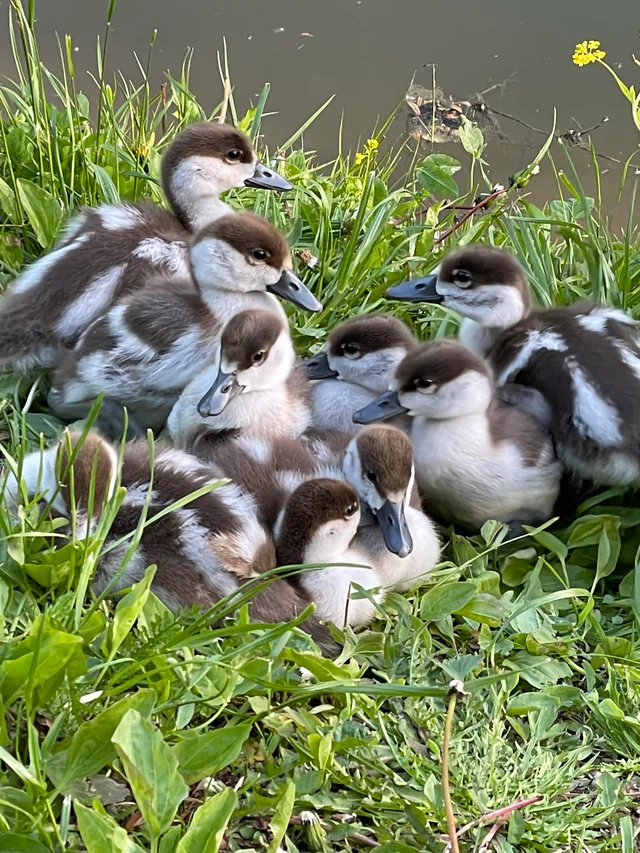
Raising ducks is one of those experiences that combines a bit of country charm with a lot of hands-on work. Whether you’ve just brought home your first ducklings or are considering adding new ones to your flock, you’ve probably wondered: “Can I put different ducklings together?” The short answer is yes, but there are a few things you should know to ensure that your growing flock is as harmonious as a summer morning on the pond.
In this guide, I’ll walk you through everything you need to consider when mixing different ducklings, from breed compatibility to the age differences that might impact their social dynamics. Let’s dive right in!
Understanding Duckling Behavior
Before we start mixing our feathered duck friends, it’s important to understand a few key aspects of duckling behavior. Ducks are social creatures by nature, and they thrive in flocks. However, not all ducklings get along at first, and certain factors can impact how they interact with one another. The good news? With the right approach, most ducks will eventually coexist peacefully.
Ducklings, like all animals, have their own personalities. Some might be shy and reserved, while others are curious and adventurous. The more you understand how ducklings behave, the better prepared you’ll be to create an environment that encourages healthy socialization.
Factors to Consider Before Mixing Ducklings
Not all ducklings are created equal—there are a few key things to consider before introducing new members to your flock. Let’s break them down:
1. Age and Size Differences
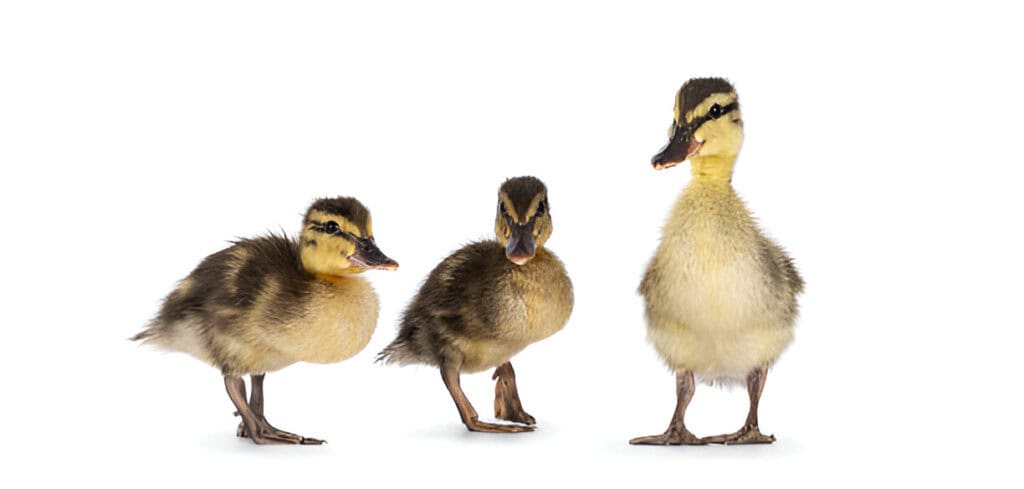
Age is one of the most important factors to consider when mixing ducklings. Generally speaking, it’s best to introduce ducklings that are close in age and size. A baby duckling, no matter how sweet it looks, can be at a disadvantage if it’s much smaller than the others. Older or larger ducklings might unintentionally bully smaller ones or prevent them from getting their share of food.
- Age Range: Try to keep new ducklings within a week or two of the same age. A significant age gap (such as a 4-week-old duck with a 2-week-old) might lead to friction and territorial behavior.
- Size Matters: Ducklings of similar size are more likely to get along because they don’t feel threatened by each other. If you can, try to group ducklings by both age and size for the best results.
2. Breed Compatibility
Did you know that certain duck breeds can get along better than others? While all ducks are generally social, some breeds are more dominant than others. For example, breeds like Pekin and Khaki Campbell ducks are known for their easygoing nature and get along well with most other breeds. On the other hand, Rouen or Muscovy ducks, which tend to be a little more territorial, might be a bit harder to introduce into a group.
Here’s a quick rundown of how some popular breeds mix:
| Breed | Compatibility | Notes |
| Pekin | Excellent with others | Very friendly and non-aggressive |
| Khaki Campbell | Very compatible | Great for mixed flocks, calm and social |
| Rouen | Can be more dominant | Needs careful introduction with other breeds |
| Muscovy | Territorial, can be tricky | May need extra attention during introductions |
| Cayuga | Tends to be calm | Friendly, but requires space for free-ranging |
If you’re looking to add a new duck breed to your existing flock, I’d recommend introducing them slowly and keeping a close eye on interactions for the first few days.
3. Space and Environment
Where you introduce your new ducklings is just as important as when. Ducks are very sensitive to their living environment, and overcrowding can lead to stress, aggressive behavior, and even illness. The more space you can give them, the better they’ll adjust.
- Coop or Pen: Whether you’re raising ducks in a coop or a larger outdoor space, make sure the area is spacious enough to allow for movement and exploration. Aim for about 4 square feet per duckling inside the coop and more if they’re outside.
- Separate Space for Newcomers: If you’re mixing ducklings of different breeds or ages, it’s a good idea to create a separate space within the same pen for them to adjust. This allows them to get used to each other without too much initial stress. Gradually introduce them by allowing them to see each other from a distance, then move on to supervised mingling.
4. Health and Safety
A healthy flock is a happy flock, and ensuring your new ducklings are healthy before mixing them with others is critical. Always check that your new ducklings are free from illness and parasites before introducing them to your existing flock. Ducklings are particularly vulnerable to respiratory infections and parasites like mites, so keeping a close eye on their health is essential.
How to Introduce Ducklings to Each Other
Okay, so we’ve covered the key factors to consider. Now let’s talk about how to actually introduce new ducklings to the flock. Here’s a step-by-step guide:
- Set up a Quarantine Period: When you first bring new ducklings home, quarantine them for at least a week in a separate pen. This gives you a chance to monitor their health and ensure they’re not carrying anything that could harm your current flock.
- Start with Supervised Introductions: After the quarantine period, bring the ducklings to the larger pen one at a time, under supervision. This allows you to monitor how they interact and prevent any bullying or territorial behavior.
- Gradual Integration: After a few days of supervised introductions, gradually allow the ducklings to spend more time together. They’ll start to get comfortable with each other’s presence.
- Observe and Adjust: Keep a close eye on how the ducklings are interacting. If things get rough, don’t hesitate to separate them and give them a little more time. Over time, they’ll learn to coexist.
Will Older Ducks Hurt Younger Ducks?
Older ducks may initially show some aggression towards younger ducks, especially when introduced to the flock. This behavior is typically a form of dominance or territoriality. Older ducks will often use their necks to push the younger ducks over, signaling their authority within the group. While this might seem concerning, it’s usually a natural part of their social dynamics.
However, if the older ducks escalate their behavior by becoming excessively aggressive, it’s important to monitor the situation closely. If the younger ducks appear overly stressed or intimidated, stepping in can help prevent further harm. It’s crucial to ensure that the older ducks are not biting or causing physical injury. In most cases, though, the younger ducks will gradually adapt to their new environment and establish their place within the flock.
Here are some tips for a smoother introduction:
- Monitor behavior: Keep an eye out for excessive aggression or distress.
- Provide space: Ensure there’s enough room for all ducks to feel safe.
- Step in when necessary: Intervene if biting or harm occurs.
The Benefits of a Mixed Flock
So, why would you even want to mix different ducklings in the first place? There are several benefits:
- Genetic Diversity: Mixing different breeds can increase genetic diversity, which can improve the overall health and resilience of your flock.
- Unique Personalities: Different duck breeds bring unique personalities to the table, which can make your flock more dynamic and interesting.
- Better Egg Production: If you’re raising ducks for eggs, mixing breeds may help you get a more consistent supply since different breeds often have varying laying patterns.
Final Thoughts
Raising a mixed flock of ducklings is a bit like assembling a team of quirky, feathered personalities. The process takes patience, attention, and a keen eye, but the results are totally worth it. By considering their age, breed, and temperament, as well as the space and health conditions, you can successfully introduce new ducklings to your flock and watch them thrive together.
If you take your time and observe their interactions, you’ll see that they all learn to get along, quacking and waddling in harmony. Remember, just like with people, the best flocks are those that grow together over time.


